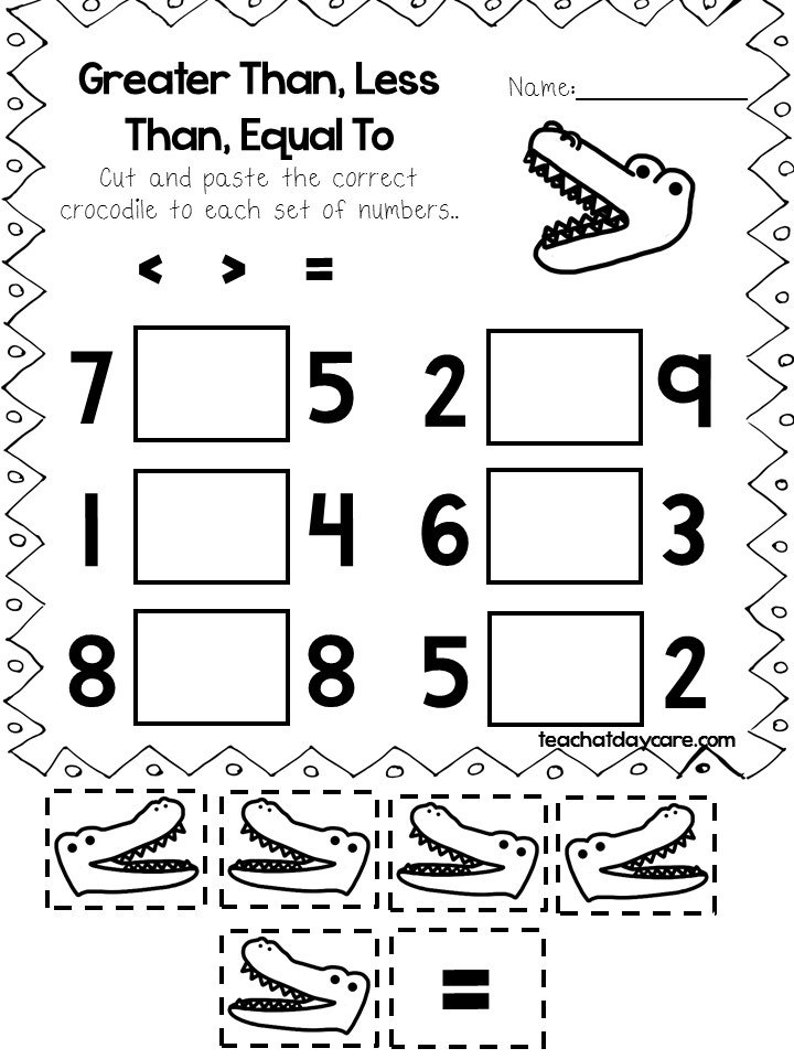


Compare the solution with that obtained in the example. Solve the equation 2x + 2y - 9x + 9a by first subtracting 2.v from both sides. We divide by the coefficient of x, which in this case is ab. The step-by-step procedure discussed and used in chapter 2 is still valid after any grouping symbols are removed.Įxample 1 Solve for c: 3(x + c) - 4y = 2x - 5cĪt this point we note that since we are solving for c, we want to obtain c on one side and all other terms on the other side of the equation. It is occasionally necessary to solve such an equation for one of the letters in terms of the others.
Upon completing this section you should be able to solve equations involving signed numbers.Įxample 1 Solve for x and check: x + 5 = 3 SOLVING EQUATIONS INVOLVING SIGNED NUMBERS OBJECTIVES We will also study techniques for solving and graphing inequalities having one unknown. Now that we have learned the operations on signed numbers, we will use those same rules to solve equations that involve negative numbers. In chapter 2 we established rules for solving equations using the numbers of arithmetic. So it says if the computed, linear correlation r lies in the left tail beyond the left, most critical value or if it lies in the right tail beyond the right most critical value, then it is significant.Equations and Inequalities Involving Signed Numbers Now it's talking about critical values, but it's really quite similar because you've got this critical value and we're saying that this is: let's see i'm just reading c. So b is not true see, however, instead of talking about p values. So all is already a is true, because that's exactly what part a said: okay b says the opposite. That'S what a is saying and then if the p value is greater than the alpha like up here or something right is greater than alpha. You have some critical value here right, which represents our alpha or significant level right and if the p value, which is the area underneath the curve rate, if the p value is less than alpha, then it's significant right. So if we look at a p value right, here's a distribution under x bar or whatever it's the same in all situations. Okay, this problem has a few questions about p values specifically related to regression tests, but these p value facts refer to all p values. If the P-value computed from r is greater than the significance level (α), conclude there is not sufficient evidence to support a claim of a linear correlation. If the P-value computed from r is less than or equal to the significance level (α), conclude that there is sufficient evidence to support a claim of a linear correlation. If the computed linear correlation coefficient "r" lies between the two critical values, conclude that there is sufficient evidence to support the claim of a linear correlation.Ī. If the computed linear correlation coefficient r lies in the left tail beyond the leftmost critical value or if it lies in the right tail beyond the rightmost critical value, conclude that there is insufficient evidence to support the claim of a linear correlation. If the computed linear correlation coefficient "r" lies between the two critical values, conclude that there is not sufficient evidence to support the claim of a linear correlation.ĭ. If the computed linear correlation coefficient r lies in the left tail beyond the leftmost critical value or if it lies in the right tail beyond the rightmost critical value, conclude that there is sufficient evidence to support the claim of a linear correlation.

If the P-value computed from r is less than the significance level (α), conclude there is not sufficient evidence to support a claim of a linear correlation.Ĭ. If the P-value computed from r is greater than the significance level (α), conclude that there is sufficient evidence to support a claim of a linear correlation. If the P-value computed from r is greater than the significance level (α), conclude there is not sufficient evidence to support a claim of a linear correlation.ī.


 0 kommentar(er)
0 kommentar(er)
